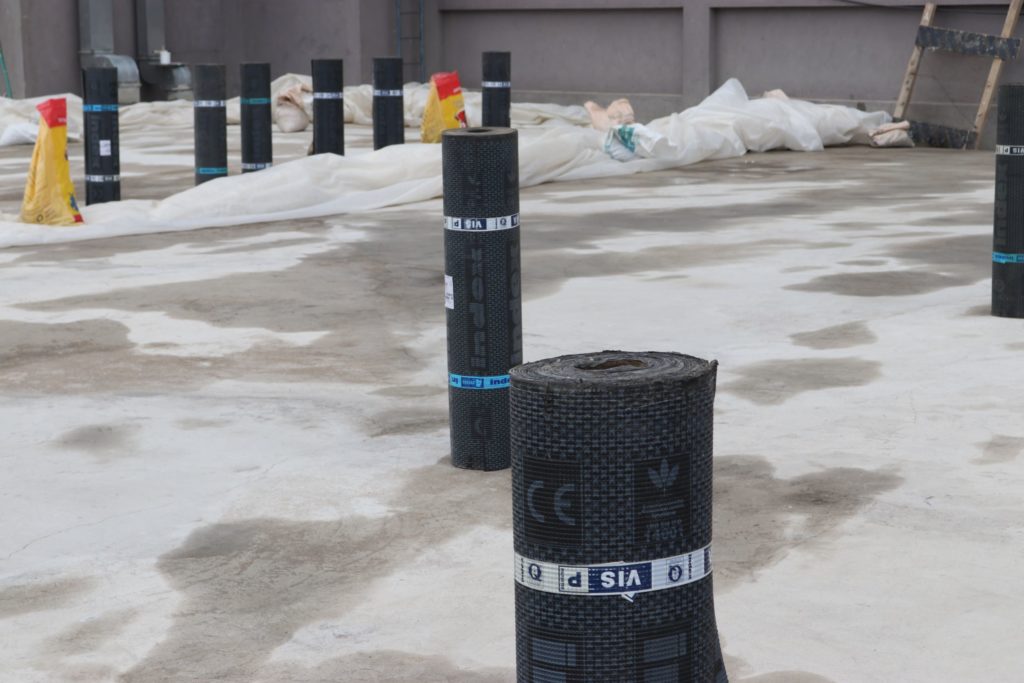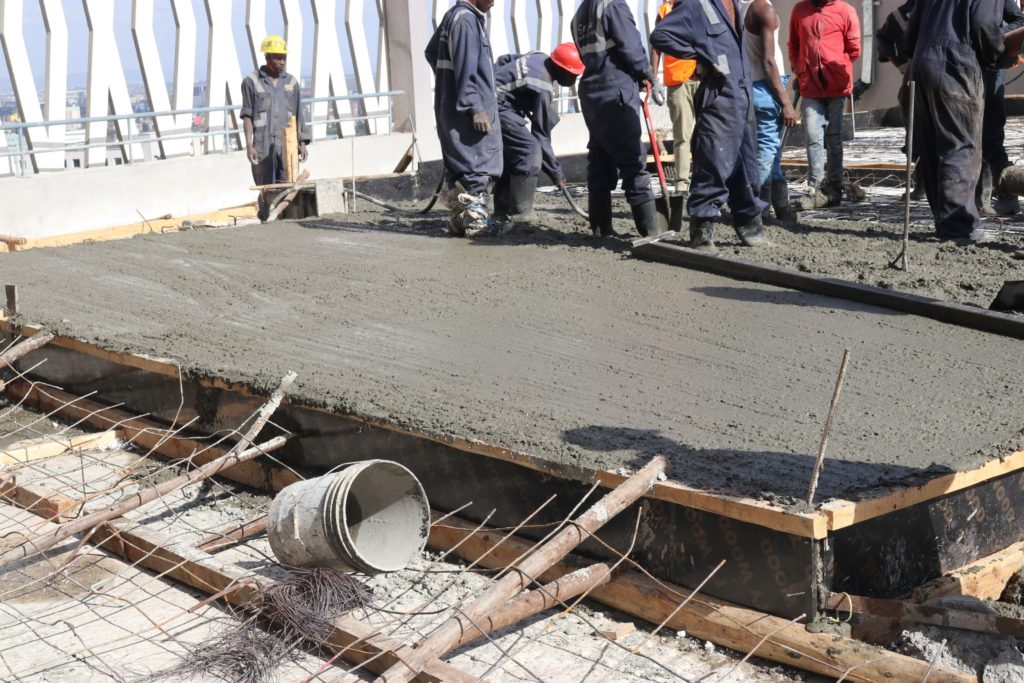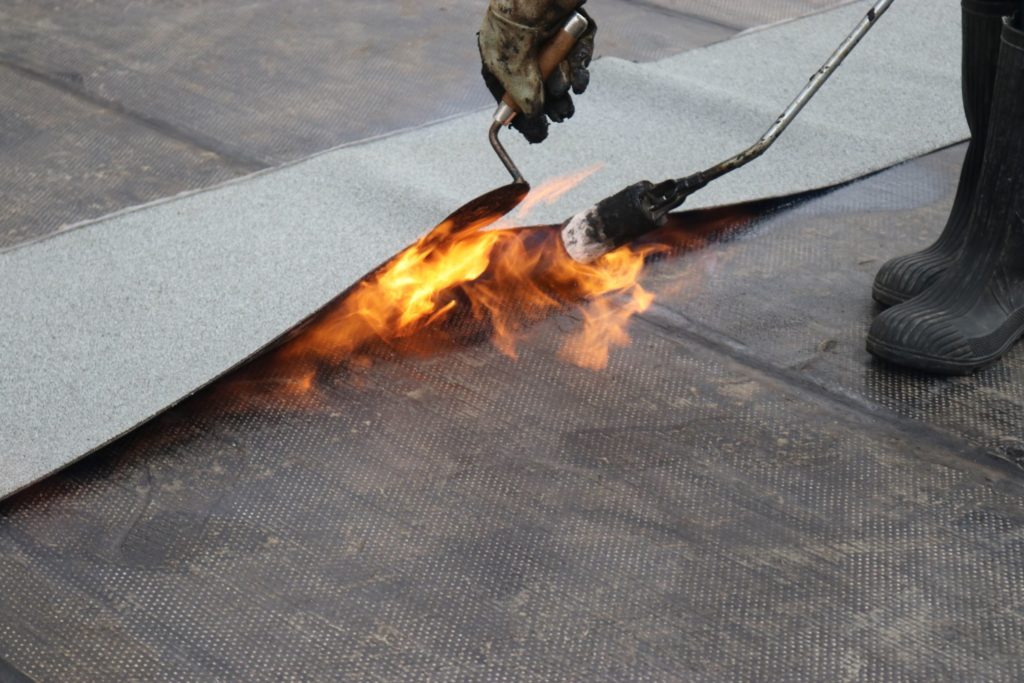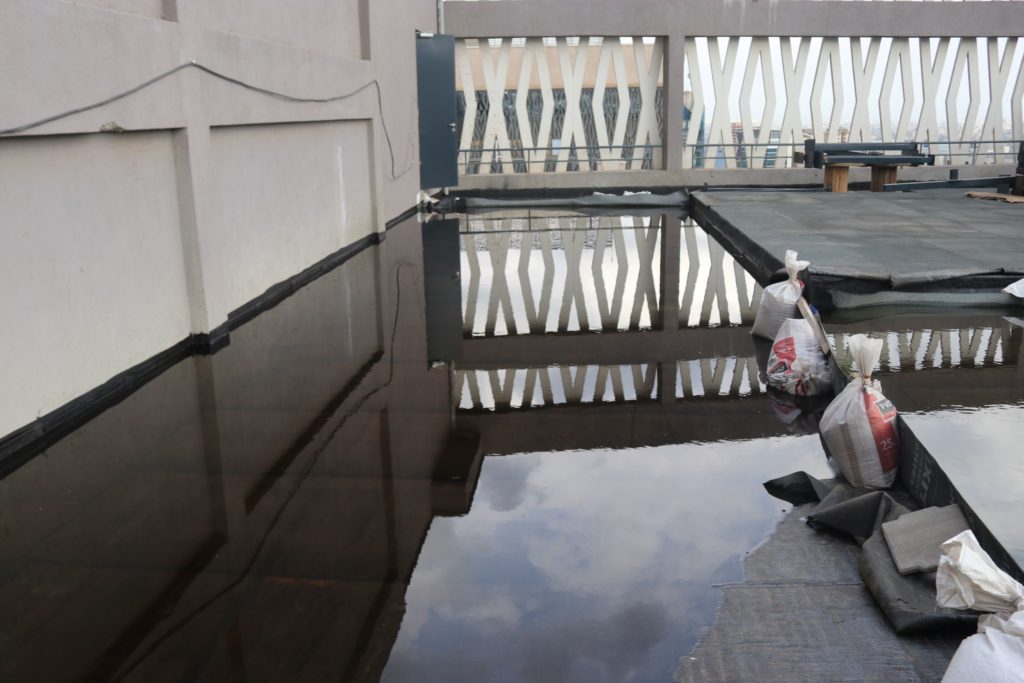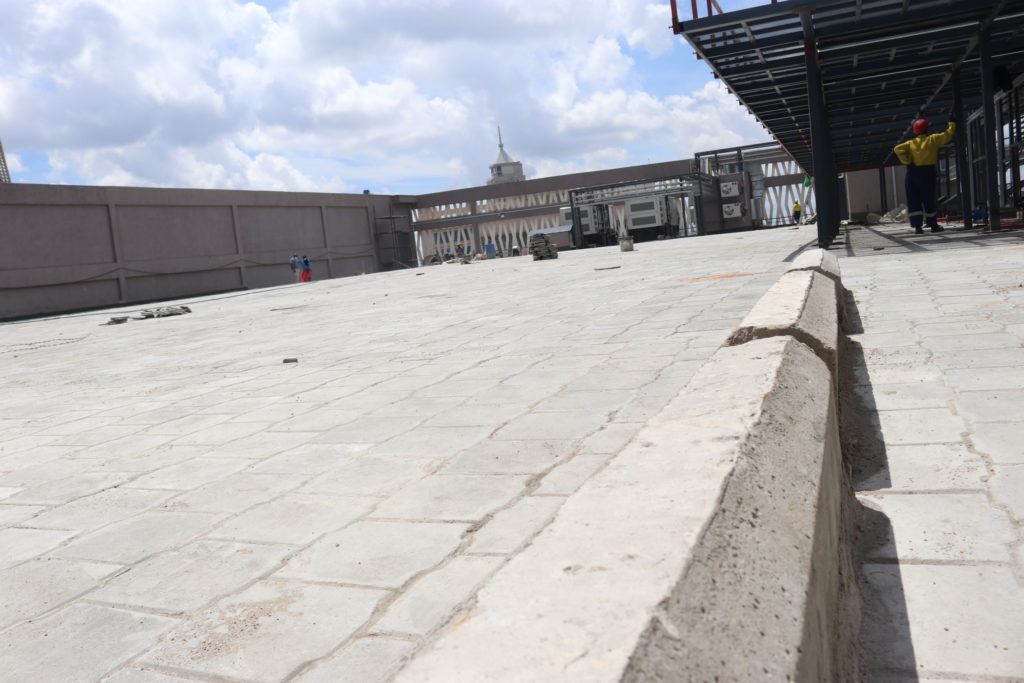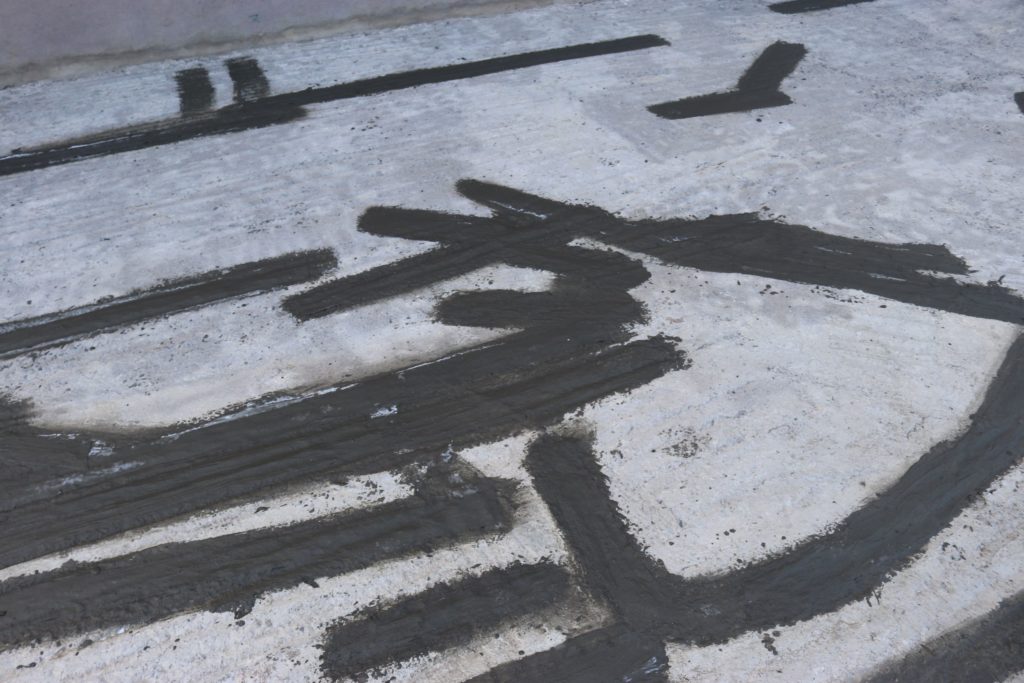19 Aug Case study- waterproofing the flat roof of the parking silo for britam towers
Overview: We were appointed as the waterproofing specialist for this particular project. We described to the client the cause for the leakage and our proposed solution to solve the leakage problem.

Quick Introduction:
Mau West Co is a specialist contractor that provides waterproofing and Industrial Flooring solutions to the built environment.
Our Waterproofing products include various types of sealants, chemicals and membranes engineered to waterproof subgrade, water retaining and water excluding structures. These include gutters, balconies, terraces, flat roofs, pitched roofs, basements, water tanks, septic tanks, waste water tanks, retaining walls, swimming pools & balancing tanks, bathrooms, kitchens, laundry areas/rooms, bathrooms, tunnels, service pits and water features.
Our Industrial flooring products are engineered to make floors sturdy, durable and long lasting for industrial environments such as manufacturing facilities, airports, hospitals, storage facilities, garages, workshops and commercial kitchens.
The Problem
The flat roof of the parking silo was leaking and the client wanted a permanent waterproofing solution. The falls needed to be adjusted since the client wanted the
outlets to be at the edges of the building.
What we did
Phase 1- repair of cracks
We repaired the cracks using cementitious membrane. The advantage of cementitious membranes is that they are flexible and the bond with the concrete slabs is very strong.
Phase 2- Casting a new reinforced concrete slab (100mm)
In consultation with the structural engineer, we fixed polystyrene and laid a reinforced concrete screed (100mm)
Phase 3- Torch APP (2 layers)
We used APP that is modified with polymer bitumen and reinforced with composite reinforcement on the new slab. This ensures high elongation and stability of the
membrane.
Phase 4- Flood testing the flat roof
Flood testing allowed us to quickly repair any leaks detected
Phase 5-Interlocking tiles and Quality check
As a final finish, we laid concrete interlocking tiles and did quality checks on the waterproofing
Result
Waterproofed flat roof with the right falls
Few lessons we learnt along the way
-Getting to pump concrete at a height of over 30 meters was challenging. We managed to get only one company with the
equipment to pump at such a height
-Speed and quality execution must go hand in hand because of the projected timelines.
-When working with other sub-contractors and companies, choose the most appropriate communication channels (email, WhatsApp, zoom, physical meetings, etc) that will be
used during the project.
Gallery
